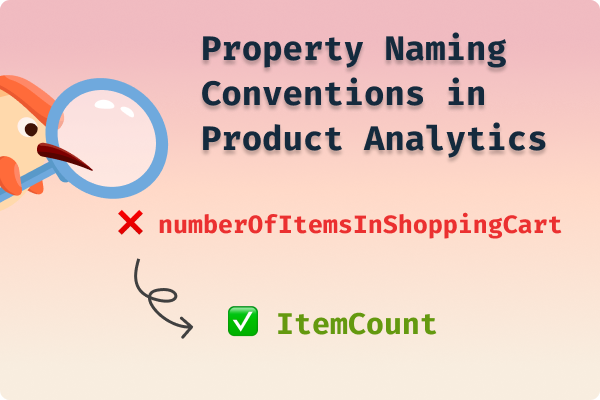Understanding how users interact with your product in real time offers a valuable opportunity to improve usability and enhance the overall user experience. By observing real-time user behavior, you can gain immediate insights into what works and what doesn’t, enabling you to address issues and make informed decisions faster.
In this blog, we’ll explore the top five tools for observing users’ behavior in real time, helping you choose the right one for your business.
Why Observe Users in Real Time?
There’s nothing more powerful than seeing exactly how users engage with your website or app in the moment. Real-time observation provides:
- Immediate Feedback:
You can spot problems, such as navigation issues or slow loading times, as they happen, allowing for quick fixes. - Understand Natural User Behavior:
Real-time tracking captures users’ natural interactions, showing how they actually use your product versus what they may say in surveys or feedback forms. - Optimize for Quick Iteration:
With real-time insights, you can iterate faster, testing new ideas and features based on actual user behavior.
Top 5 Tools for Observing Users’ Behavior in Real Time
(1) Hotjar
Hotjar is one of the most popular tools for tracking real-time user behavior, offering features like session recordings, heatmaps, and feedback polls. It allows you to visually see where users click, scroll, and spend time, giving you a holistic view of their journey.
- Key Features:
Session recordings, heatmaps, feedback polls. - Best Use Case:
Perfect for businesses looking to combine visual data (heatmaps) with session replays for a comprehensive understanding of user interactions.
(2) FullStory
FullStory is a powerful platform that records every user interaction in real time, giving you a clear picture of user journeys from start to finish. Its standout feature is "rage click" detection, which highlights moments of user frustration, making it easy to identify where things are going wrong.
- Key Features:
Real-time session playback, click tracking, rage click detection. - Best Use Case:
Ideal for businesses that need detailed insights into user journeys and quick identification of pain points through features like rage click detection.
(3) Crazy Egg
Crazy Egg is a straightforward tool that focuses on heatmaps, scroll maps, and real-time user tracking. It visually displays where users are clicking, how far they scroll, and where they stop interacting, making it easy to see which parts of your site work well and which need improvement.
- Key Features:
Heatmaps, scroll maps, session recordings. - Best Use Case:
Great for businesses that want a simple solution for tracking clicks and scroll behavior on their websites.
(4) Mouseflow
Mouseflow combines session recordings with funnel analytics and heatmaps to provide a complete picture of user behavior in real time. It’s particularly useful for tracking user flows through key processes like checkouts, sign-ups, or form completions, helping you identify where drop-offs occur.
- Key Features:
Funnel analytics, session replays, live heatmaps. - Best Use Case:
Ideal for businesses focused on improving specific user journeys and reducing abandonment rates during critical processes.
(5) Inspectlet
Inspectlet offers real-time session recordings, along with heatmaps and eye-tracking features, allowing you to see exactly how users engage with each element on your website. Its form analytics feature is especially helpful in understanding where users struggle when filling out forms.
- Key Features:
Session recording, eye-tracking heatmaps, form analytics. - Best Use Case:
Best for websites looking to optimize form usability and understand how users interact with different page elements.
How to Choose the Right Tool for Your Business
With so many great tools available, it’s important to choose one that fits your specific needs. Here are a few things to consider:
- Evaluate Your Needs:
Are you focusing on usability issues, improving conversion rates, or optimizing user flows? Each tool has strengths in different areas, so prioritize what matters most to your team. - Look for Integration Capabilities:
Ensure that the tool you choose can integrate with your existing platforms, whether it's an analytics tool, a CRM, or a CMS, for seamless data flow. - Consider Budget and Scale:
Some tools offer free versions or scaled-down features for smaller businesses, while others are geared toward enterprise-level needs. Choose one that matches both your budget and the size of your user base.
Tips for Making the Most of These Tools
- Prioritize Key Flows:
Start by analyzing critical user flows, such as onboarding or checkout, where the most significant impact can be made from small improvements. - Combine Data Sources:
Use session recordings, heatmaps, and traditional analytics together to create a more comprehensive view of user behavior. - Continuously Monitor and Iterate:
Real-time observation is an ongoing process. Keep reviewing user behavior to stay ahead of evolving trends and improve your product continuously.
Conclusion
Observing users’ behavior in real time provides unparalleled insight into how they interact with your product and helps you identify areas for improvement that may not be apparent through traditional analytics. With tools like Hotjar, FullStory, Crazy Egg, Mouseflow, and Inspectlet, you can gain deeper insights into your users’ journeys, uncover usability issues, and make data-driven decisions to enhance your product.
By choosing the right tool, prioritizing key flows, and continuously monitoring user behavior, you can create a more intuitive and satisfying user experience. Start by exploring these tools, experiment with real-time observation, and watch as your product evolves to meet user needs more effectively.



.svg)















.png)




.svg)
